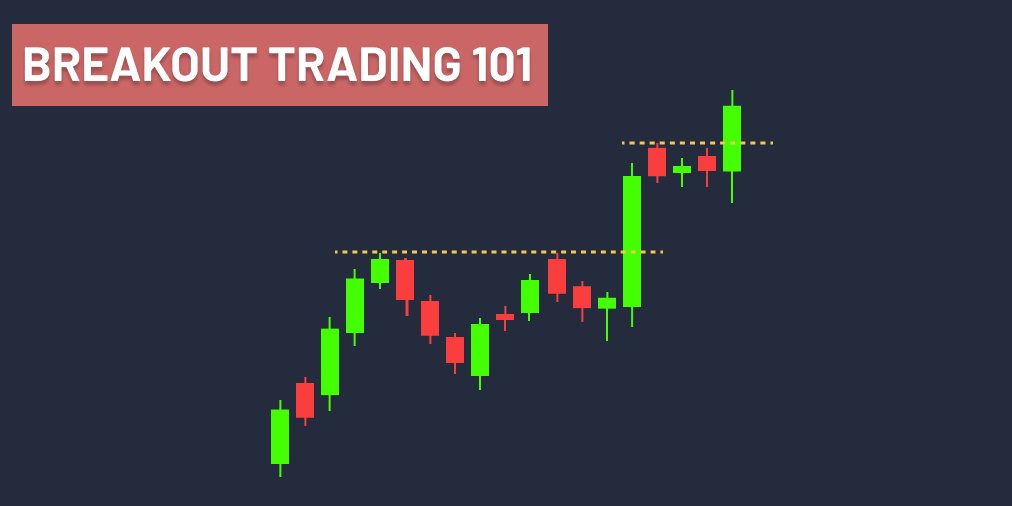Let's dive right in! 🧵
Four Powerful Techniques to Trail Stop-Loss and Maximize Gains.
Are you still suffering from the problem of taking profits too early or getting stopped out too early?
Then this thread is for you.
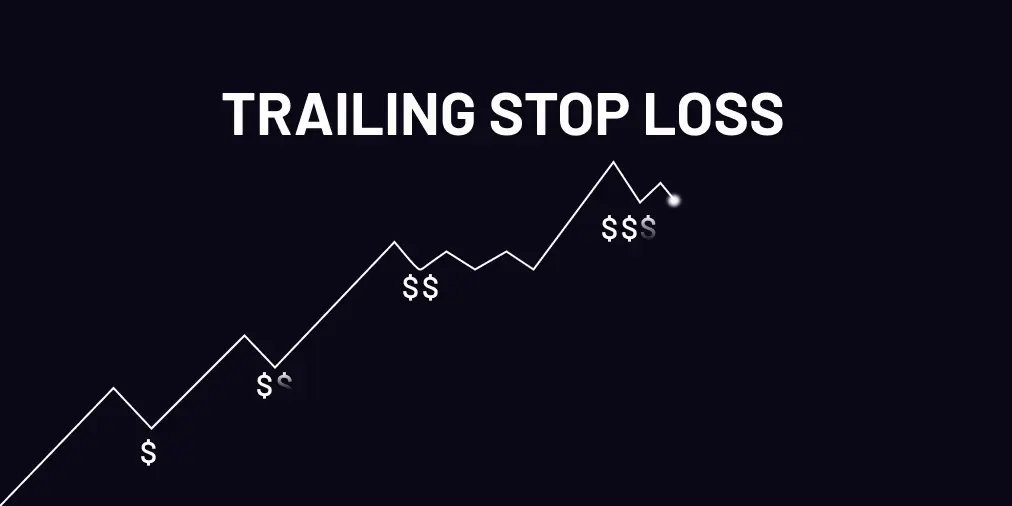
Let's dive right in! 🧵
Trailing is a technique that works well in a strong trending phase of the market.
The markup and markdown are the trending phases so, trailing would work best during these phases.
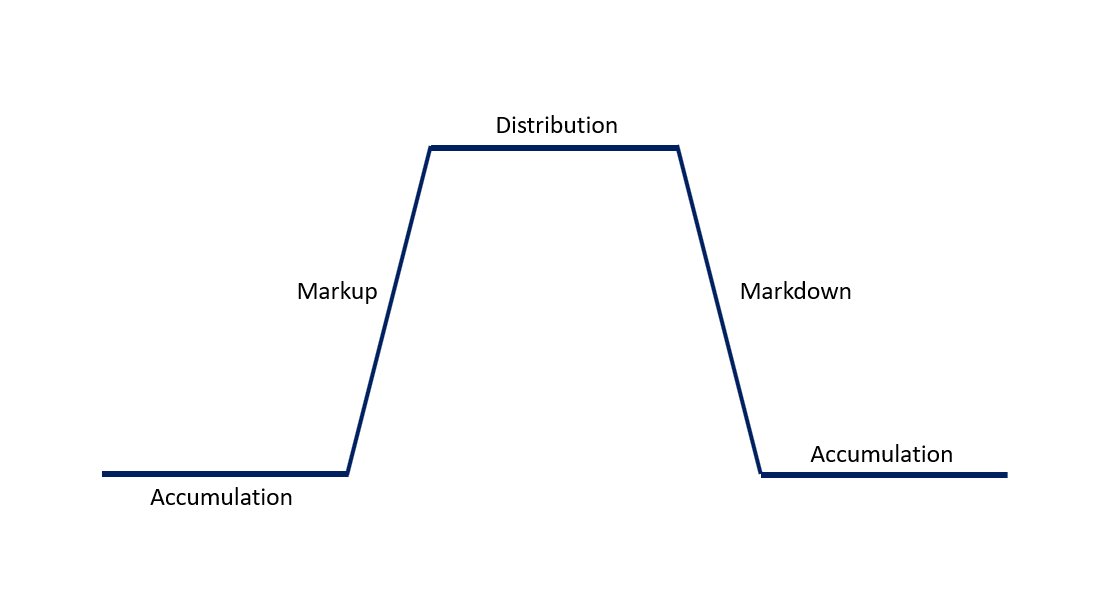
1. Moving Averages Stops
2. Super Trend Stops
3. Swing Lows Stops
4. Percentage Stops
What! Do you already know about them?
I bet after going through the text below you will learn some new tweaks.
MA is simply the average of specific number of previous closing prices on a candlestick chart
Traders usually like to enter at an average price in a bullish stock rather than at a price higher than the average. So huge buy orders usually pile up near the averages
The confusion is which moving average to use?
You have to simply open the chart and apply different moving averages (20, 50 or 100). You will definitely get the answer in many cases.
Placing our stop just below the 50ema line would protect us against volatility and keep us in the trend for a longer time.
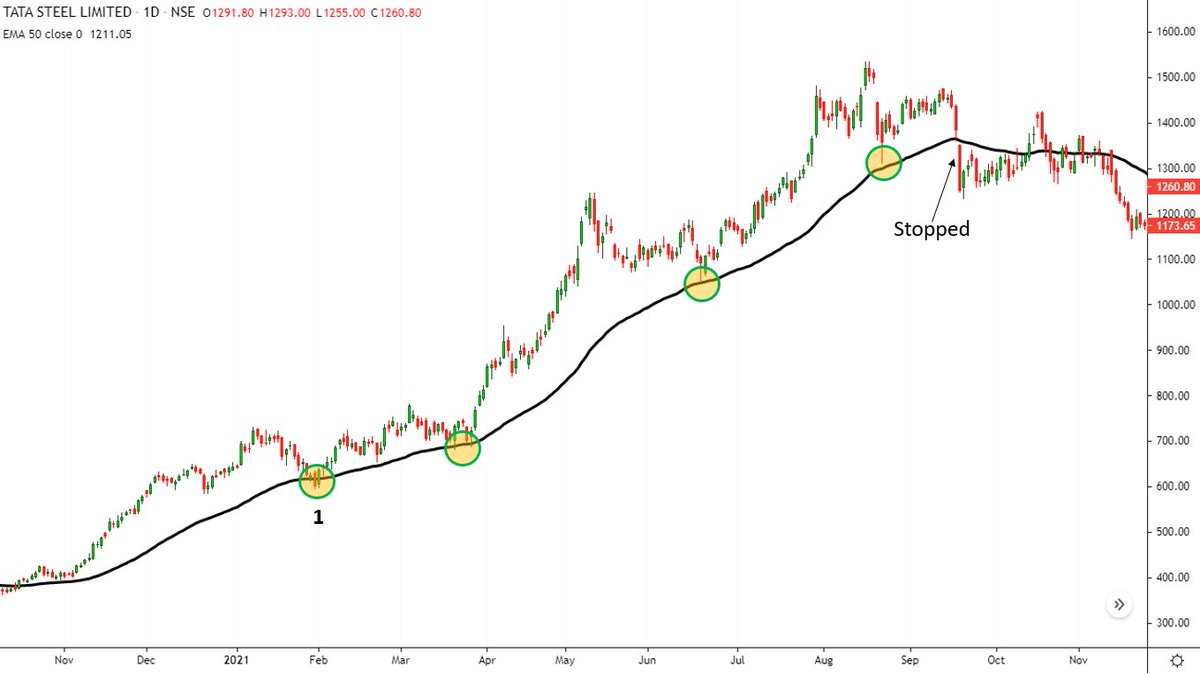
But wait, what happened at 1?
Price closed under the ema. Is that an exit?
There is a simple solution to the problem.
This gives you more room to absorb extra volatility due to some news.
Add/subtract the ATR value from the ema value and that is your stop loss.
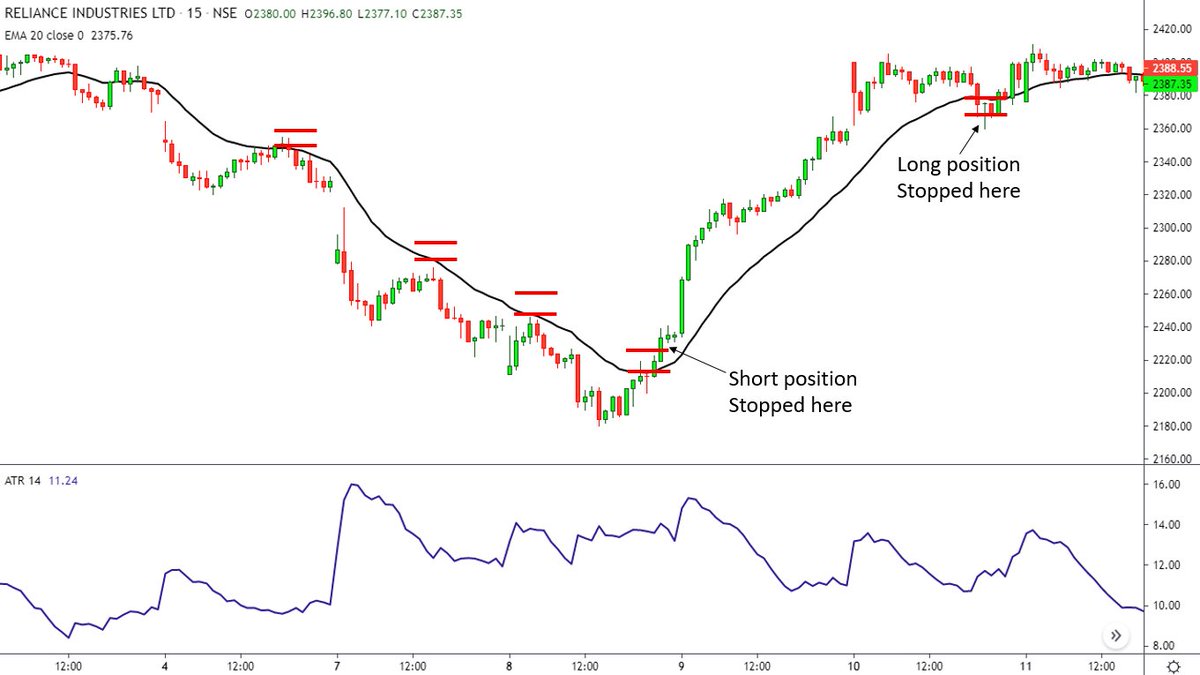
As the name suggests, super trend is made to ride a trend and to identify the change in trend.
If you have entered a stock, then a closing below the super trend will generate an exit signal. The opposite is true if you are short.
Means it is averaging the true range of the last 10 candles and multiplying it with 3.
This value is subtracted from the last close to give us a line.
If the stock starts consolidating the ST line would turn flat.
Most of the time, if the length of the flat line becomes significant, then it may provide support to the price in the future.
Even with standard values, you can observe a few false signals generated on the following chart.
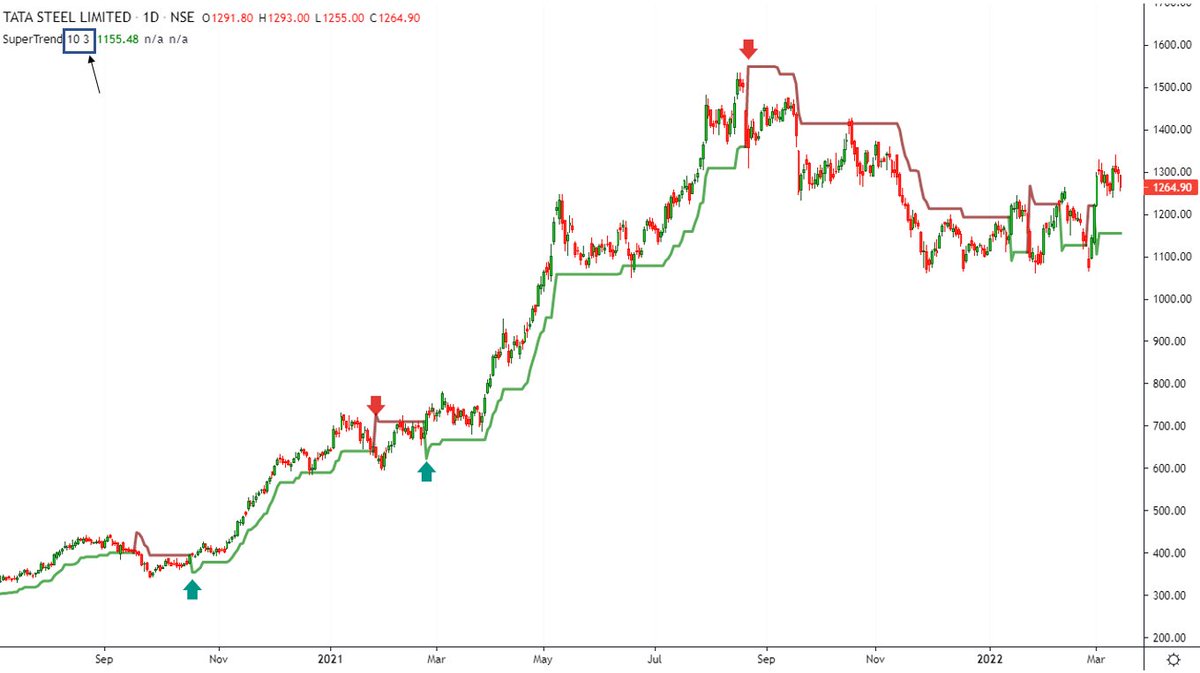
It will absorb some extra volatility. But remember, I am talking about strong trending markets and not the sideways market.
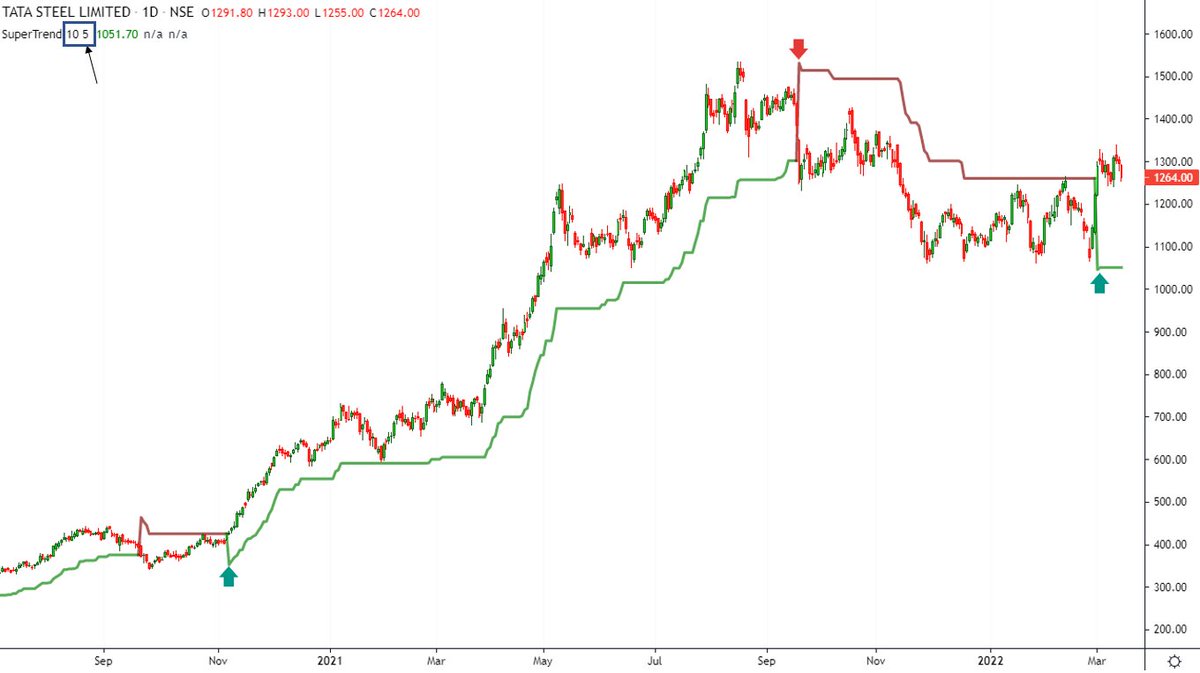
Also, notice how the stock takes support at the flat ST line. These lines also act as resistance when stock is trending down.
Again, you need to play with these two values on different timeframes in your stock/index to see what has been working.
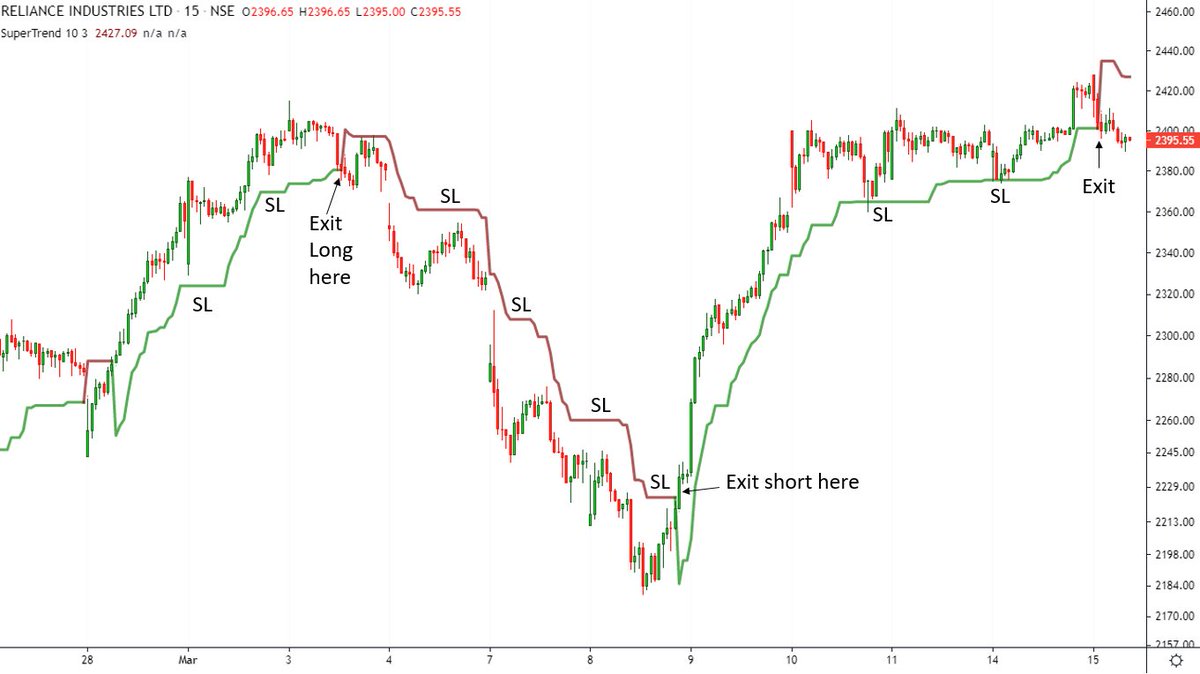
This is the simplest method to trail your profitable trade.
You don’t have to make any calculations but watch the chart only.
Look for swings up or down and place your stop loss above or below (as the case may be) the swings.
The opposite is true for short trades. You can trail with 1 ATR below the valley low to absorb volatility.
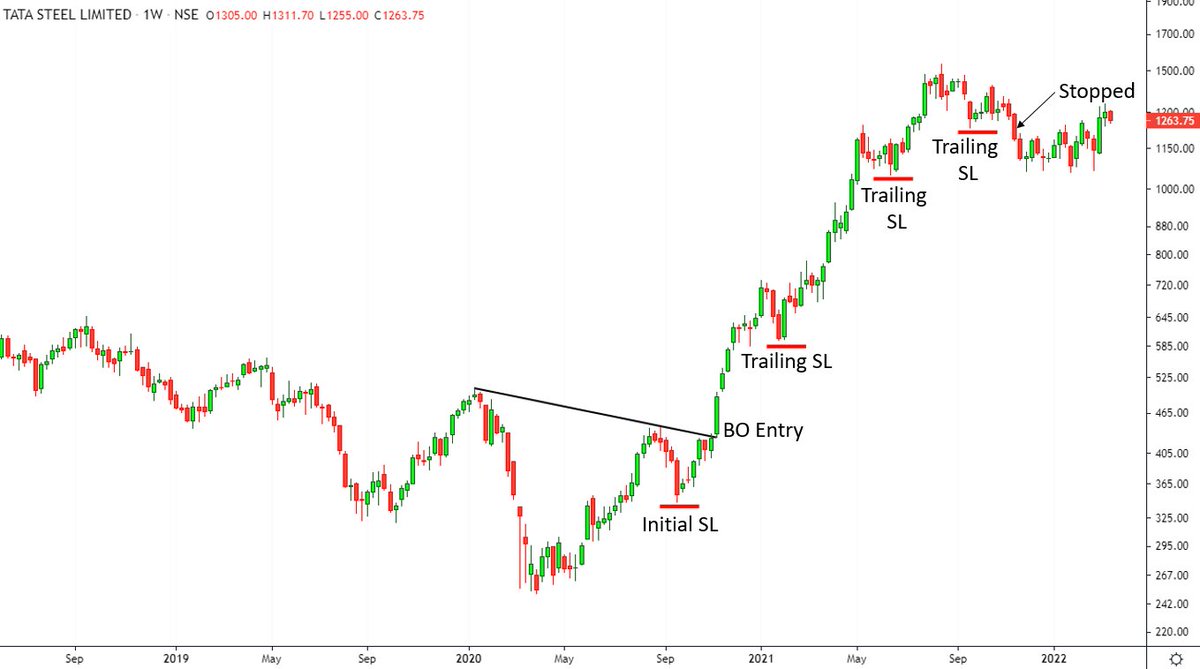
The method discussed below is for investment only.
Firstly, there needs to be a consolidation (accumulation/re-accumulation) or a reversal pattern (H&S/Cup&H/Triangle etc.).
If the stop is too wide, you can adjust the position size accordingly.
Say the stock starts moving in your direction and is 20% up from your entry.
At this point you trail 10%+5% from the last trade price (You do not trail stop as long as the stock is not 20% above your entry).
You keep on trailing (15% from the high) as the stock trends up and keep doing that until you get stopped.
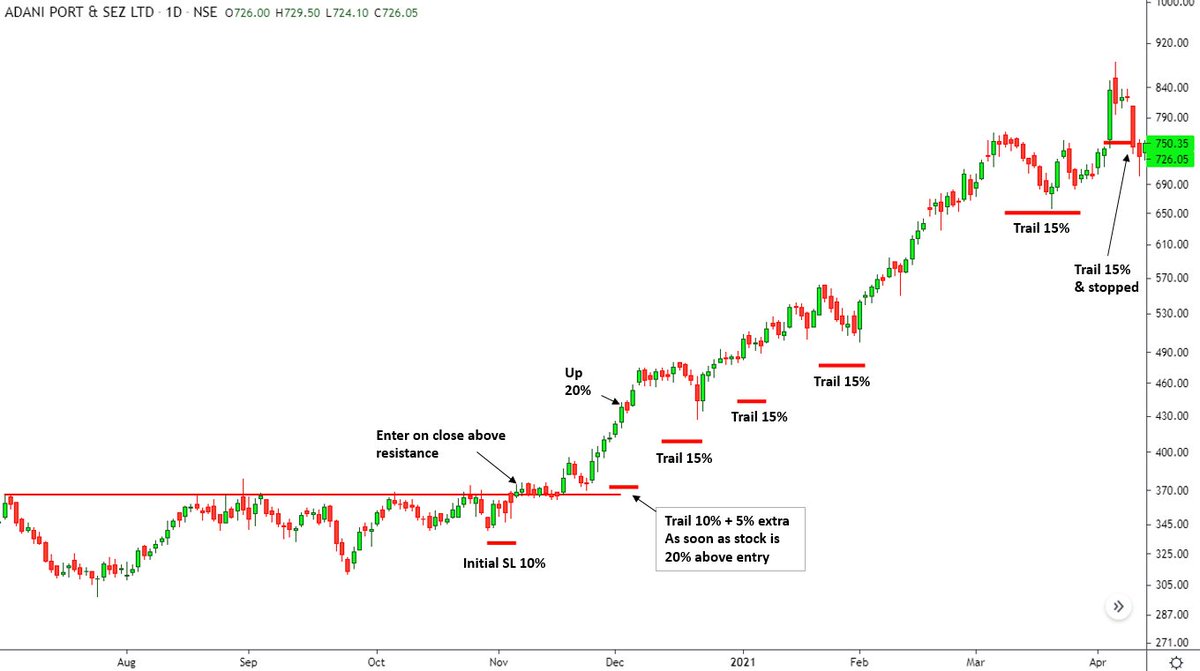

And again, none of the above techniques would work in a sideways market.
Practicing these techniques will make you more efficient over a period of time, as you will come to know the nuances of the one chosen from above.
And follow @finkarmaIN for more such interesting threads and articles.

